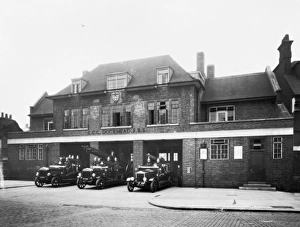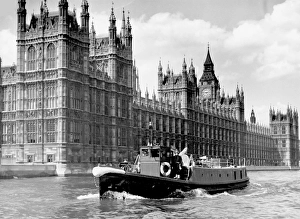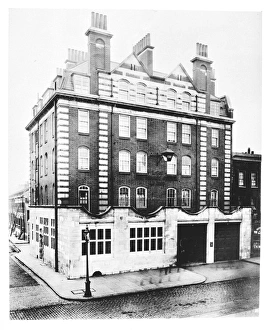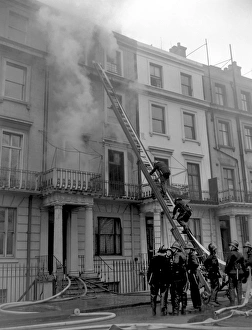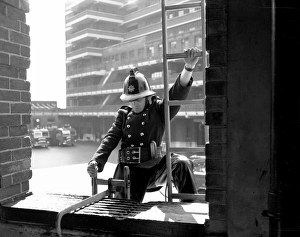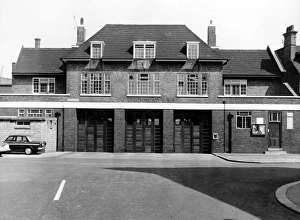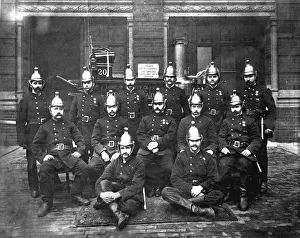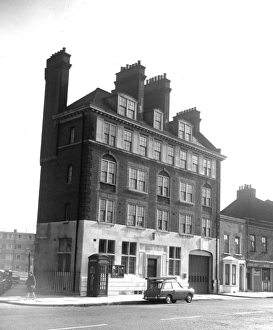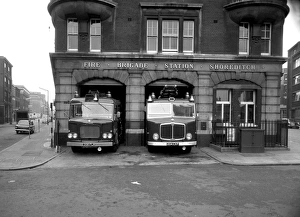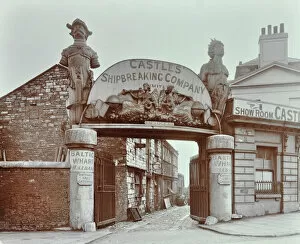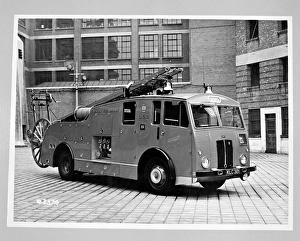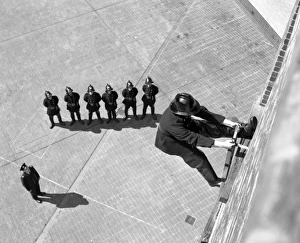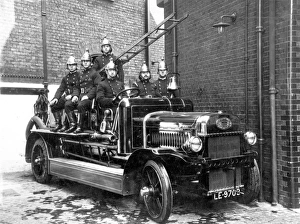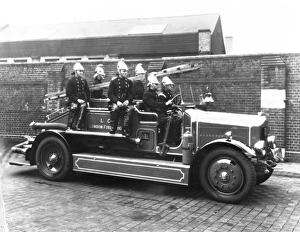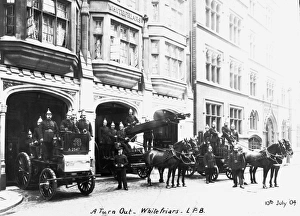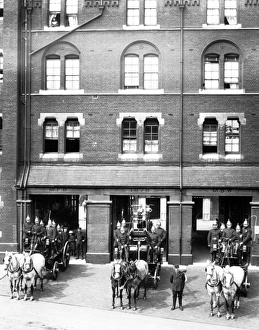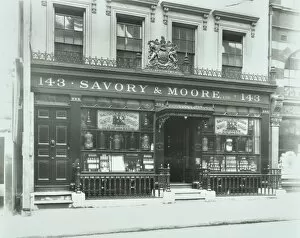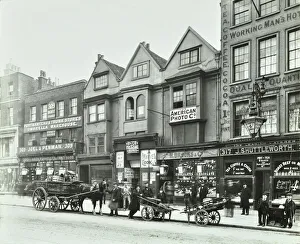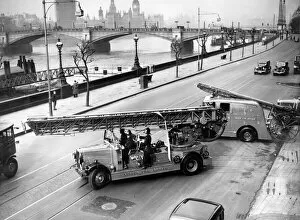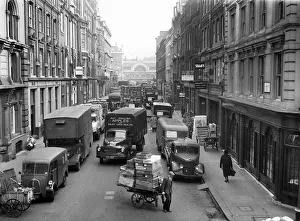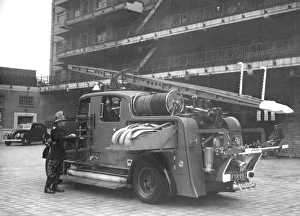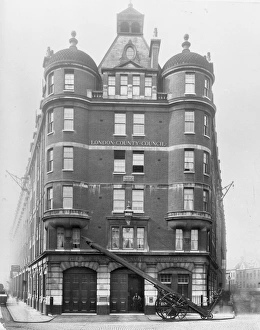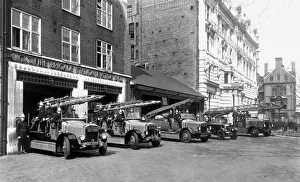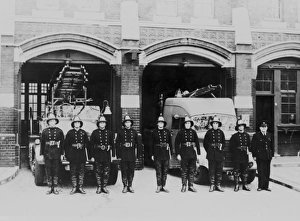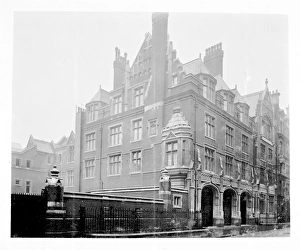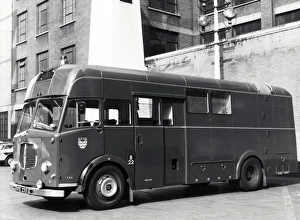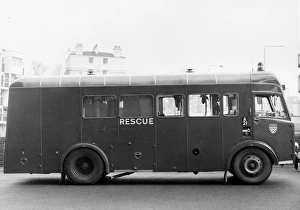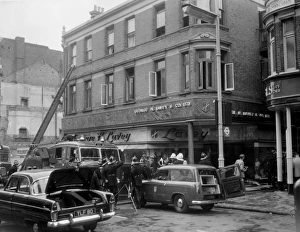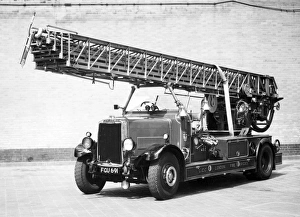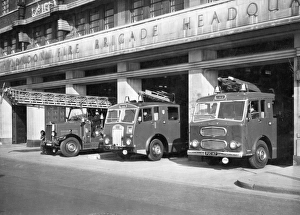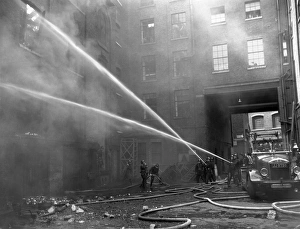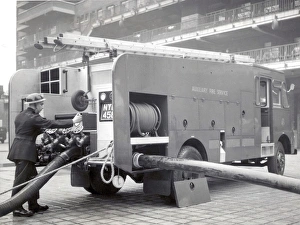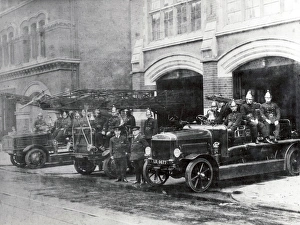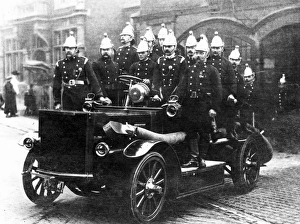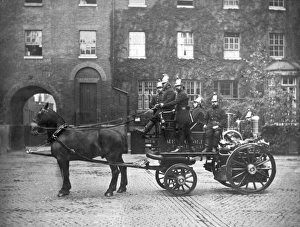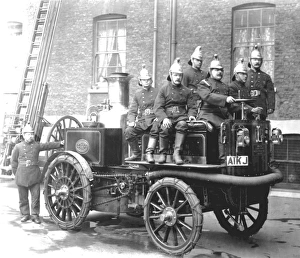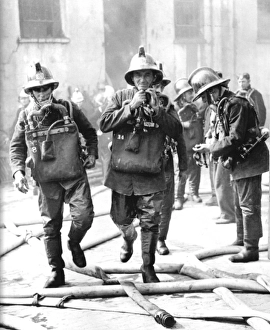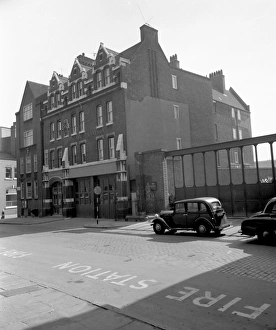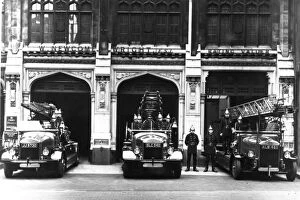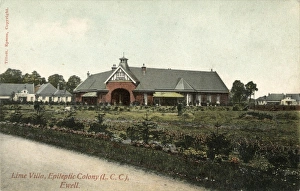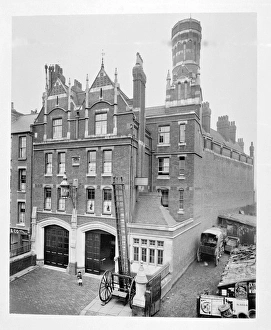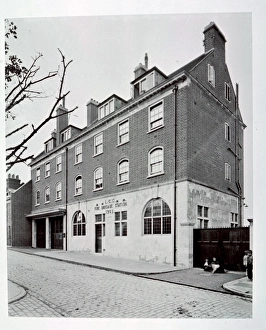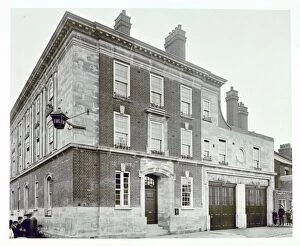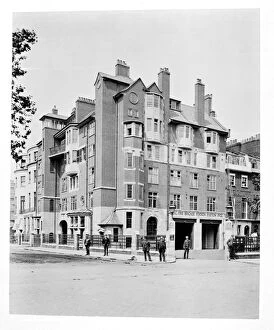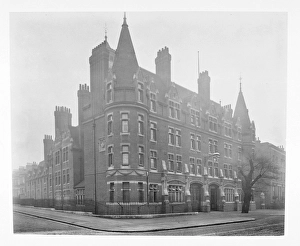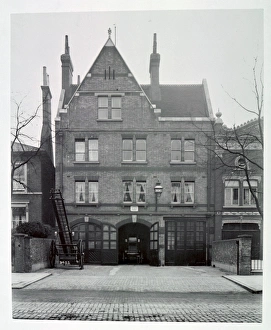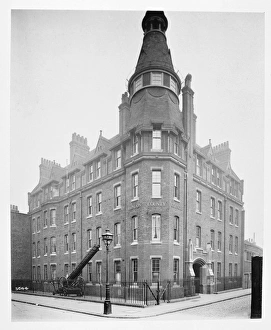Lcc Collection
"LCC: A Glimpse into London's Firefighting History" Step back in time and explore the rich history of the London County Council (LCC) Fire Brigade
All Professionally Made to Order for Quick Shipping
"LCC: A Glimpse into London's Firefighting History" Step back in time and explore the rich history of the London County Council (LCC) Fire Brigade. From iconic fire stations to heroic firefighters, each chapter tells a captivating story. At LFB Dockhead fire station in Bermondsey, brave men stood ready to protect their community from raging infernos. The LFB fireboat Massey Shaw patrolled the waters of Westminster, serving as a vital lifeline during emergencies on the river Thames. In Notting Hill, an LCC-LFB Serious house fire tested the mettle of these courageous individuals. Their unwavering dedication saved lives and preserved homes amidst chaos and destruction. West Hampstead fire station became a sanctuary for LCC-MFB firefighters who fearlessly battled flames day and night. Meanwhile, Shoreditch fire station in Hackney stood tall as a symbol of resilience against adversity. The Old Kent Road fire station in SE London witnessed countless acts of bravery by our valiant heroes. Recruit firefighters underwent rigorous training at Brigade HQ SE1, honing their skills to become guardians of safety within our city's borders. A glimpse into history reveals Savory & Moores Pharmacy on New Bond Street in 1912 - a testament to how fires were fought even before modern technology came into play. Kentish Town fire station served NW London with unwavering commitment while housing state-of-the-art equipment. The Dennis motorised Hatfield fire engine was more than just machinery; it represented progress and innovation within firefighting techniques. And at Burdett Road fire station in East London, another chapter unfolded as fearless firefighters protected their community from harm's way. Join us on this journey through time as we celebrate the legacy left behind by those who wore the badge proudly – dedicated men and women whose selflessness continues to inspire generations today.

